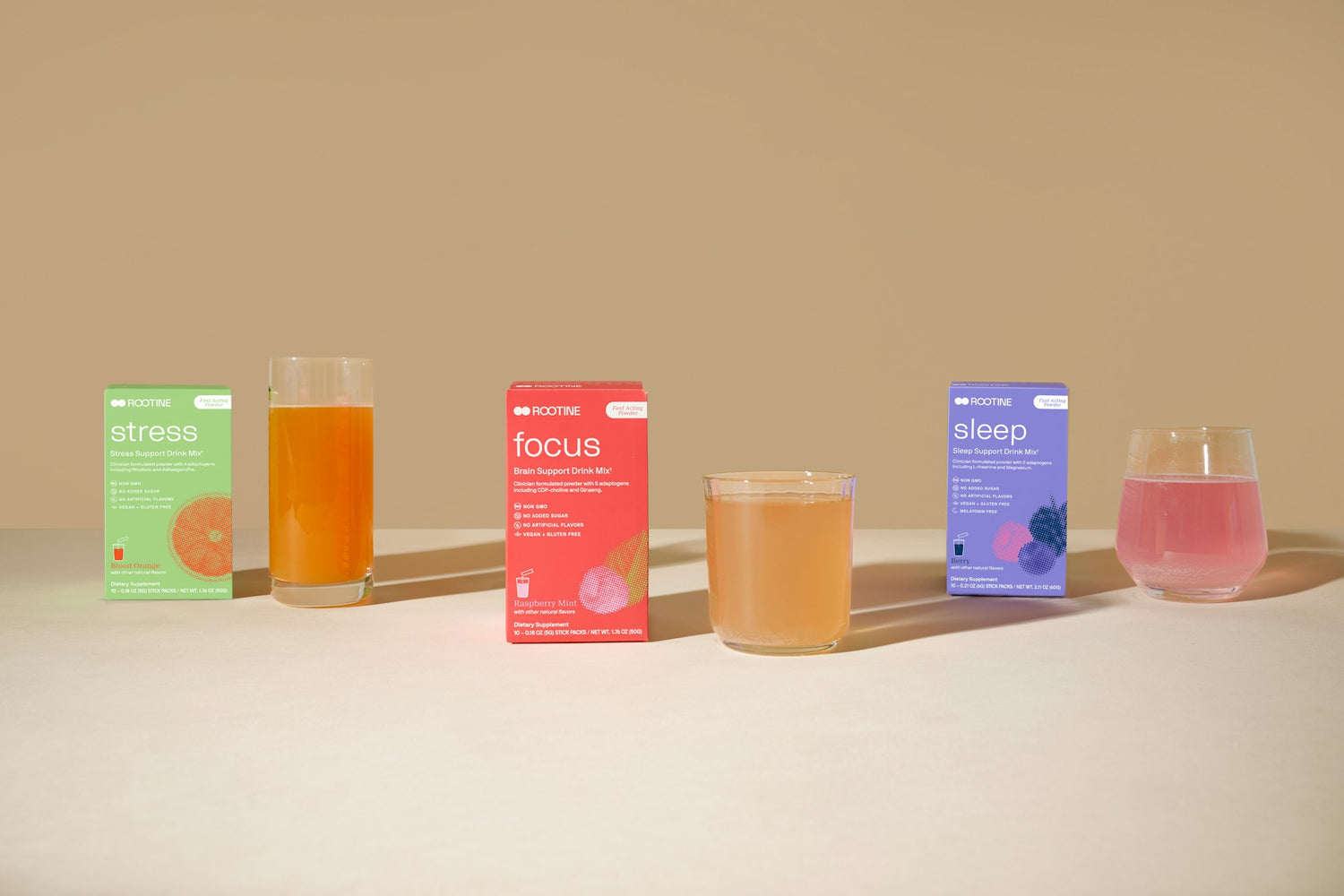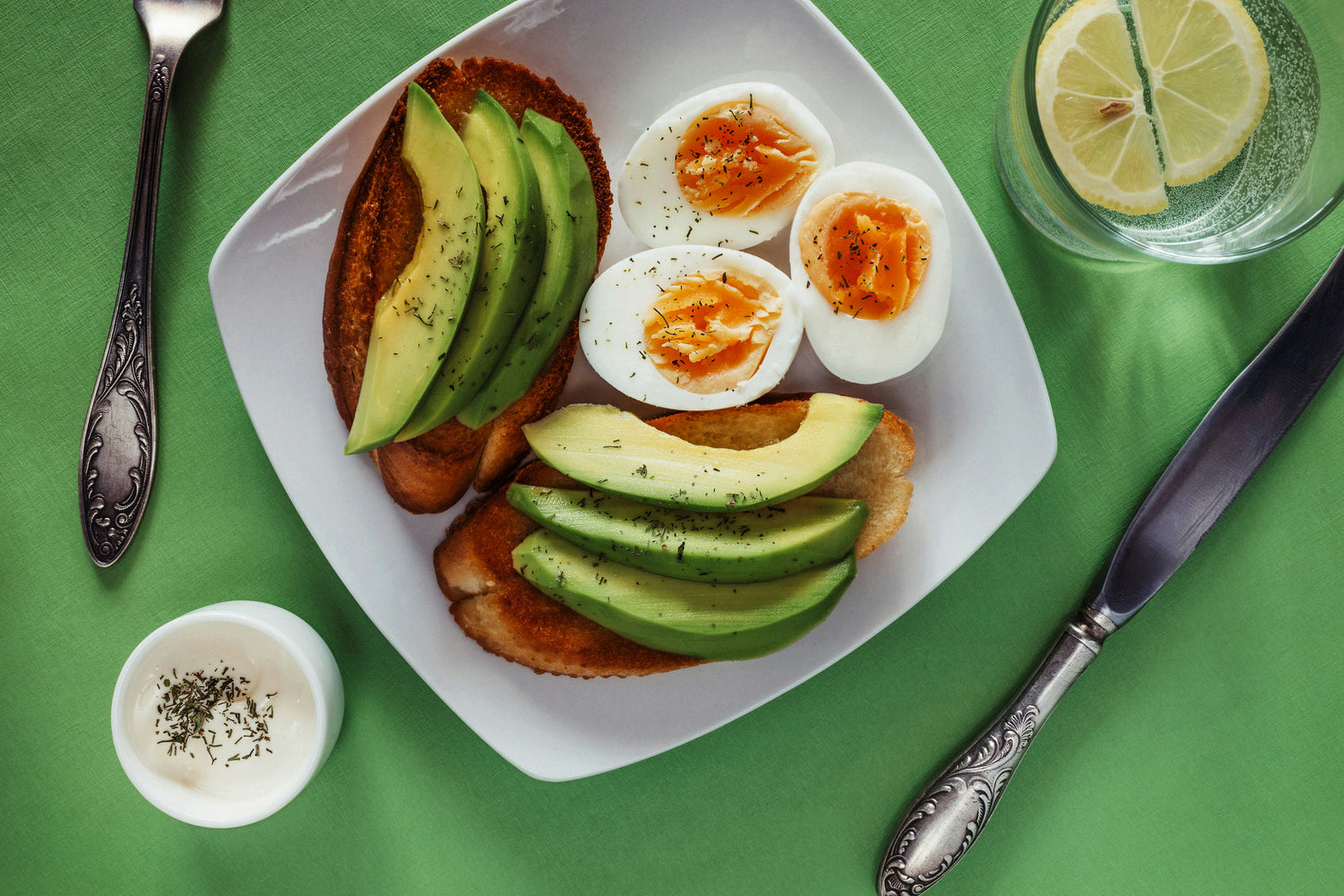Zinc is an essential nutrient, meaning your body can’t naturally produce it, so you must either obtain it through your diet or supplements.
Zinc is also known as a trace mineral - Iron, Copper and Selenium are some examples of vital trace minerals. As the name implies, we don’t need a huge amount of these minerals in our body to be healthy: while major minerals, including Sodium, Calcium and Potassium take up a good portion of our body weight (Calcium alone takes up an average of two pounds!), all the trace elements in your body could fit into a thimble.
Just because Zinc is not present in large quantities doesn’t mean it’s not important. In fact, it’s absolutely essential for a long list of things: skin health, normal immune system function, eye health, proper growth and development during pregnancy and plenty of other benefits we’ll go over in just a bit.
Besides being found in food (naturally and via fortification) and supplements, Zinc is also present in cold lozenges, and has been shown to reduce the duration and severity of cold symptoms.
What are the benefits of taking Zinc?
Zinc’s role in a child’s development become more clear when you look at Zinc’s distribution in our body: 60% is stored in your skeletal muscles, 30% in your bones, 5% in your skin and liver, and the rest in other organs. The Food and Nutrition Board board suggests that women who are pregnant or lactating take more Zinc than usual to ensure healthy development (see the How much Zinc do you need? section below for more information).
Zinc also helps in wound healing, the activation of T cells (which are needed to attack infected or cancerous cells), preventing eye damage as we get older, and even cell growth.
How much Zinc do you need?
The amount of Zinc you actually need depends on your diet and other lifestyle habits, along with your genetics and nutrient levels in your blood (see the Zinc and Calcium absorption section at the end of the article for information on interactions).
The recommended daily dosages for Zinc, according to the Food and Nutrition Board, are 8mg for women, 11mg for men, 11mg for women who are pregnant and 12mg for women who are lactating. We recommend taking these numbers with a grain of salt, however, as these are simply convenient averages.
One way lifestyle can affect your Zinc requirements is if you’re vegetarian or vegan. Meat is high in bioavailable Zinc (meaning it’s able to immediately enter your blood when it’s introduced into your body), while whole grains and legumes (like peas, lentils and soybeans) contains phytate, an antioxidant compound that has a “strong negative effect on Zinc absorption”.
Several workarounds for vegetarians and vegans include: soaking beans, grains and seeds in water for a few hours before cooking them, eating leavened grain products like bread (vs. unleavened products like crackers), and Zinc supplements.
What happens if you’re deficient in Zinc?
Conditions leading to Zinc-absorption difficulties are rare, but they certainly exists. More commonly, people are deficient due to a diet that doesn’t contain enough Zinc-rich foods (see the What foods have Zinc? section below for a general overview).
Since Zinc plays a large role in keeping our immune system chugging, deficiency may cause you to become more vulnerable to infections. Zinc deficiency can also cause a loss of smell, taste problems, delays in wound healing, and a host of other unpleasant side effects.
Deficiency is tricky to measure, and has been a constant struggle in the scientific community. However, with the reduced cost of genetic testing, studies have already begun to show connections between genetic factors and Zinc requirements.
At Rootine, we are constantly reviewing the latest research around nutrigenetics, and we currently include an at-home DNA kit as part of your subscription to your personalized nutrient packets. To learn more about how we use genetics to personalize your nutrients, see this post.
What if you take too much Zinc?
The Food and Nutrition Board sets its tolerable upper intake level (UL) for Zinc at 40mg per day for all adults. This average may vary for different sets of people. For example, gastrointestinal issues have been shown to occur at doses from 50mg to three times as much. Your UL highly depends on your current diet and your genetic factors.
Side effects of taking too much Zinc include “nausea, vomiting, loss of appetite, abdominal cramps, diarrhea, and headaches”.
What foods have Zinc?
Meat is a rich source of Zinc, especially beef, pork and lamb. Meanwhile vegetables and fruits have relatively low concentrations of Zinc. As we noted in the How much Zinc do you need? section above, vegetarians and vegans (and those on low-protein diets) may need to find alternative sources of Zinc, such as supplements.
Some foods that are high in Zinc include (thanks to Healthline for a well-cited list):
- Oysters - six contain a whopping 32mg of Zinc!
- Meat, especially darker meats (ground beef has 4.8mg of Zinc per 100g).
- Certain seeds, such as pumpkin (2.9mg per 85 seeds) and sesame seeds (2mg per 28g).
- Milk and cheese have higher amounts of absorbable Zinc than poultry, eggs or fish.
- While whole grains aren’t the best sources of Zinc (for reasons mentioned above), they contain many other nutrients.
Zinc and Calcium absorption
One feature of our personalized nutrient microbeads is that they take into account negative nutrient interactions. In the intestine, Zinc is absorbed through the same channel as Calcium (one of the major minerals, if you recall). Since there are a limited amount of channels, Calcium can actually block the uptake on Zinc into your body.
We advise not to take Calcium and Zinc together in pill or liquid forms. At Rootine, we ensure interactions such as these are averted via our slow-release microbeads, which release small amounts of nutrients over a long period of time.
Learn More About Rootine
Rootine is dedicated to providing personalized nutrients that fit your specific lifestyle and genetics. Learn more about the science behind our nutrient microbeads.



